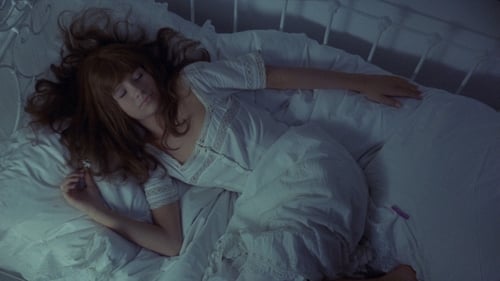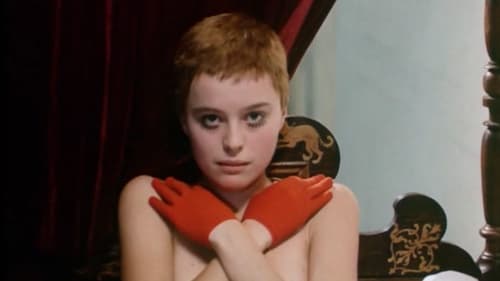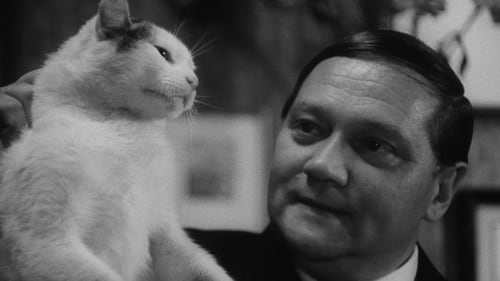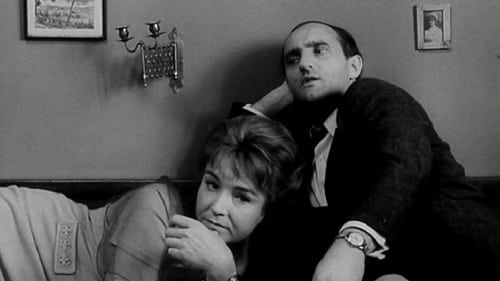
Costume Design
흰눈이 내린 추운 겨울, 젊은 기관사 혼자는 들뜬 맘으로 기차역으로 향한다. 오늘은 그가 처음 기차의 운전대를 잡는 날이기 때문이다. 영화는 혼자의 조금은 특별한 일상을 보여주는 한편 그가 오고 가며 만나는 다양한 개성의 사람들을 생동감 넘치게 그린다. ‘재앙’조차 일상의 연장선 안에서 그리는 베라 히틸로바의 활기찬 시선이 돋보인다.

Costume Design

Grandmother / Elsa / Mother / Redhead
할머니와 함께 사는 10대 소녀 발레리는 마을 축제가 다가오면서 성적으로 각성하게 되고 혼란을 느낀다. 이글이라는 청년으로부터 한쌍의 귀걸이를 선물받으면서 발레리의 환상은 현실과 뒤섞이고 악몽이 된다. 발레리는 자신의 부모가 야수의 모습을 감춘 주교라고 상상하게 되고 할머니는 그녀의 상상 속에서 흡혈귀가 된다. 사제가 그녀를 겁탈하기 위해 뒤를 쫓고...

Costumer
In the aftermath of war, two men and a woman begin acting more like children than adults, leading to tragedy.

Pale Girl
주인공은 부족함 없는 부르주아적 생활을 영위하고 있는 중산 계급 시민이다. 언제나 ‘우리는 행복한 가족’이라 말하고 아내를 포함한 식구들에게 ‘천사’라고 부르는 그는 얼핏 보기에 마음씨 좋고 너그러운 가장으로 보인다. 하지만 곧 그는 편협한 나치 이데올로기에 물들어 유대인에 대한 살인과 밀고를 서슴지 않는 부역자로 변한다. 사람들 앞에서도 스스럼없이 그 생각들을 강요하기도 한다. ‘이 세상은 얼마나 아름다운가’ 혹은 ‘크리스마스는 삶에 있어 가장 행복한 시간’이라고 읊조리는 그에게 그것에 어울리지 않는 것들은 제거돼야 마땅한 것이다. 너무나 평안한 얼굴로 교수형을 집행하기도 하는 그는 이데올로기가 낳은 희생자나 다름없다.

Costume Design
루드비크는 헬레나를 만나기 위해 고향으로 돌아간다. 그는 헬레나의 남편 파벨 제마네크로 인해 고초를 겪은 바 있다. 대학생 시절 체코슬로바키아 공산당 학생연맹 소속이던 둘은 절친한 사이였다. 어느 여름, 방학을 연인과 보내길 바란 루드비크는 당시 연인 마르케타가 자기 대신 공산당 연수를 택하자 엽서에 "트로츠키 만세!"라는 농담을 섞어 보낸다. 문제는 파벨이 이를 빌미로 루드비크를 당과 학교 모두에서 퇴출당하게 했다는 것이다. 심지어 그는 이후 강제 노역 부대에 끌려간다. 하지만 헬레나를 유혹해 파벨에게 복수하려는 루드비크의 계획은 우스꽝스럽게 뒤틀리고 만다.

Costume Design
An apocalyptic story of three wars in three film tales encompassing the end of the WWI,WWII, as well as a vision of the world destroyed by nuclear weapons. This film was honored at the film festivals in Venice and Sorrento. Immediately after that the copy with Italian subtitles was locked in a safe as evidence of the anti-communist activities of the director, who used real footage of the Soviet invasion.

Costume Design
Juraj, a Slovak artist living in Prague, takes stock in his life, realizing that his days pass without purpose. He lives a carefree life. But now he has to choose between two women, between the city and the country, and between creative work and craftsmanship. He has a passion for art but he also has to make a living. Through his relationships with close people, he grows aware of his position and this knowledge helps him to live a more fulfilling and better life.

This three-part ballad, which often uses music to stand in for dialogue, remains the most perfect embodiment of Nemec’s vision of a film world independent of reality. Mounting a defense of timid, inhibited, clumsy, and unsuccessful individuals, the three protagonists are a complete antithesis of the industrious heroes of socialist aesthetics. Martyrs of Love cemented Nemec’s reputation as the kind of unrestrained nonconformist the Communist establishment considered the most dangerous to their ideology.







